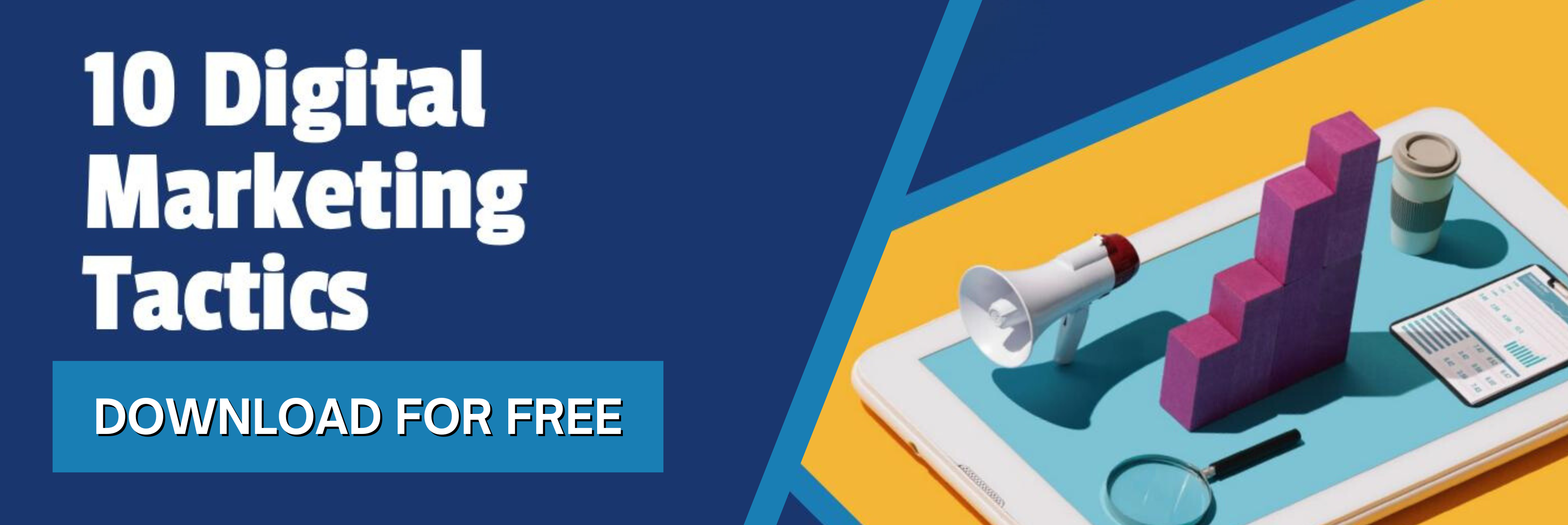At its core, social media is all about sharing, engagement, and, of course, being social. Consumers go on social media to be entertained, informed, and to find community. The most successful businesses use that to their advantage. Rather than trying to sell on Facebook or Instagram, focus on building relationships with your customers.
The more users get to know your business, staff, and brand, the more likely they are to engage, interact, and become customers.
Why is social engagement important?
Social media is all about relationships. Having a massive amount of followers may look good, but it’s more important to have fans who read and interact with your posts.
Ideally, your social media marketing helps your business build a network of loyal followers who become customers. When they need products or services, like a new SUV or repairs to their HVAC system, your business will be top of mind.
If those followers like your social content – whether it's recommendations, tips, or simply something humorous – they’ll share your content with friends and family and possibly even repost your content, further expanding your future customer base.
How to know if your social media strategy is working
Unlike other digital media measurement, which can be attributed to a device and user and leaves digital crumbs to track a user’s activity, measuring social media engagement takes a little more creativity.
Here are some ways to monitor your social engagement:
- Comments
- Shares
- Likes and reactions
- Video views
- Clicking on links to your website (usually through social media ads)
- Purchases on your website
Additional benefits of social engagement:
- Better customer service experience — Social engagement allows quick interaction between businesses and consumers to discuss feedback, questions, concerns, etc. 70% of consumers say they have already chosen to support a company that delivers excellent customer service, so it's not an opportunity you want to miss.
- Increased sales — While social engagement isn't directly linked to increased sales, many likes and good comments can influence up to 27% of users' likelihood to purchase your product.
- Brand awareness and website traffic — It sets the foundation for strengthening your brand awareness and increasing website traffic by reaching a more comprehensive range of your target market and giving you access to communicating with them quickly and effectively.
5 tips for engaging social media content
Social media is all about grabbing users’ attention and holding on tight! Today’s users follow hundreds of accounts and scroll faster than race cars zipping around an Indy 500 track. You have seconds to break through the clutter.
So what content can work that magic? Try these five social media content strategies to boost your engagement:
1: Create Entertaining Videos
You don’t have to be an Oscar-winning producer or use a fancy setup to make great videos for social media. It’s actually better if you don’t!
Take out your iPhone and start filming anything entertaining at your business, from your cute office pet to timing your staff to see how long it takes to unload a massive delivery truck. Invite staff or customers to use your product and give you off-the-cuff reviews. Focus on humor and relatability to your audience.
The idea is short, sweet, and fun content that gives your business personality, shows off different aspects of your business and conveys your expertise.
2: Post High-Quality Images and Graphics
Social media users are discerning about what they see and expect high-quality content. That means any images or graphics you post should be sharp, clear, and readable.
Once again, you don’t need expensive equipment to create and share great images. iPhones take high-quality photos, just make sure the area is well-lit. You can use free online software, such as Canva, to create graphics that stand out.
3: Create Content for the Platform You’re Posting On
This one might seem simple, but it’s a common mistake: businesses take one social post and use it across popular platforms, including Facebook, X, Instagram, Threads and TikTok. Don’t fall into this trap! Each social platform attracts a different user base and those audiences expect content tailored to the experience.
For example, short and light-hearted videos are great for TikTok and Instagram where users want to be entertained and amused. But a Facebook user might be interested in a post from a subject-matter expert with helpful information (think 5 ways to get your backyard ready for summer or 3 ways to winterize your home and lower utility bills).
If it feels overwhelming to create content for five or six platforms, take a breath. You don’t have to be everywhere! Pick one or two social channels where the user demographics fit with your target customers and focus your attention there.
4: Spark Emotional Reactions
The best way to get customers to engage with your posts (including commenting, sharing, and taking action) is to appeal to their emotions. When users feel excited, motivated, or shocked by a post, it breaks through their social clutter.
So, how do you elicit an emotional reaction? By telling a great story. A photo or short video can be incredibly powerful. Think about how you want users to react and tell a story — even a short one — that elicits that reaction.
If followers post comments and share reactions, interact with them! Starting conversations on social media is a great way to deepen relationships and build brand loyalty.
5: Repurpose Your Best Content
The great thing about social media content is it can keep on giving. Once you create a post with images, graphics, or videos, that content lives on. Have a post that grabbed a lot of likes or shares? Repost it a few months later.
You can also modify content to suit other platforms. For instance, if you create a fun TikTok video, make a slightly edited version and post it to Facebook with some clever text. Or, compile a few of your favorite videos and add them to YouTube.
How to build a social media engagement strategy
Not sure where to start? Here are tips to guide your social media marketing plan:
1: Choose the right platforms
You don’t need to be on every social channel. In fact, you probably shouldn’t be. Instead, identify the networks most used by your target customers. Looking for business decision makers? Try LinkedIn. Millennials and Gen Z spend most of their time on TikTok and Instagram. Gen X is likely checking Facebook daily.
2: Identify content pillars
Content pillars are the themes and topics that will guide your social content. Pick pillars that align with your business’s product or services, values, and personality. If you’re unsure where to start, stick to what you know.
For example, if you own a physical therapy practice, use your social accounts to share information on wellness, injury prevention, nutrition, and recovery. Introduce followers to your staff, including therapists. And, to keep things light, occasionally repost entertaining videos or memes about wellness and fitness.
Pro tip: Keep your content pillars consistent, so your followers know what to expect and begin to think of you as a subject-matter expert.
3: Build a content strategy for each pillar
Once you have your platforms and pillars, think about how they align and use that to guide a content strategy. If you’re using TikTok or Instagram for lighthearted content, plot out how frequently you’ll make videos and a publishing schedule. If you plan to offer tips and advice as resources, build a plan for daily, weekly, or monthly posts.
By organizing a plan for each platform, you and your staff will stay on schedule and maintain a consistent presence on your social accounts.
4: Create the content
Now for the fun part! You’ve identified where and what you’ll post, and it’s time to start creating. Be sure you offer relevant, timely information. If you share links, test them before publishing. If you need help with video or photo editing, you can sign up for online tutorials or find helpful YouTube videos.
5: Measure your work and make changes
As you build out your social content, some posts will grab followers’ attention and spark interactions – success! However, not every post will earn shares or send users to your website or store, and that’s ok. Social media engagement helps your business succeed throughout the marketing funnel: awareness, intent, engagement and conversion.
It’s smart to keep track of how your social content performs. Here are some important key performance indicators, or KPIs:
- Number of likes/reactions
- Number of comments
- Average engagement rate
- Total impressions (also called “views” on Facebook and Instagram)
- Reach per post
Remember that every post your brand makes on social media should be focused on entertaining and engaging with your audience. That’s your guiding light.
The Right Social Content Helps Your Brand Stand Out
Today’s consumers have more choices than ever for their media time, so give them reasons to spend time with your social content. Create a social media engagement strategy that activates the platforms where your customers spend their time and meets them with engaging, creative, and informative posts.
Ready to get social but don’t know where to start? Federated Media’s in-house digital agency, Federated Digital Solutions offers bespoke social media management services customized to your business. We can help with everything from strategy to content and publishing – just share your goals and we’ll help make it happen.


